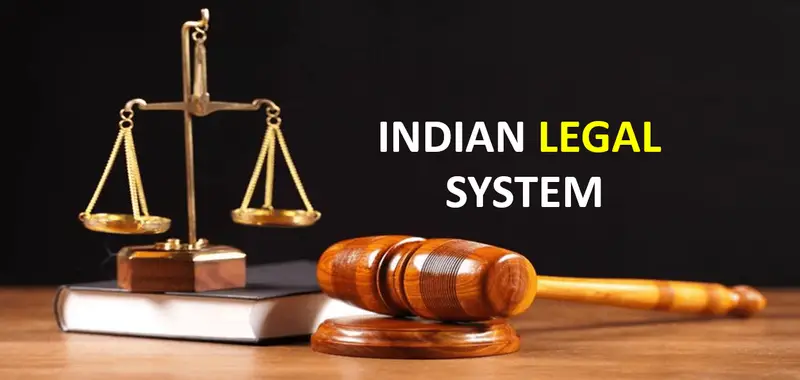A Comparative Study of the English Legal System and Indian Legal System
The legal systems of England and India stand as two remarkable examples of judicial frameworks rooted in history, tradition, and evolving societal values. While the English legal system serves as the foundation of common law in many countries, the Indian legal system represents an intricate blend of common law, statutory law, and constitutional principles. This comparative study highlights the origins, structure, and functioning of both legal systems, identifying similarities, differences, and the unique features that define them.
Historical Background
English Legal System
The English legal system, one of the oldest in the world, is the origin of the common law tradition. Its roots trace back to the Norman Conquest of 1066, when customary laws evolved into a unified system under the monarchy. Over time, judicial precedents (case law) became a cornerstone of English law, influencing legal systems across the Commonwealth.
Indian Legal System
The Indian legal system draws heavily from the English model due to colonial influence. Before British rule, India followed a mix of Hindu law, Muslim law, and customary practices. Under British administration, English common law principles were introduced. After independence in 1947, India adopted a written Constitution, making it the supreme law of the land while still retaining many aspects of common law.
Structure of the Legal Systems
English Legal System
- Unwritten Constitution: Relies on statutes, conventions, and judicial decisions.
- Parliamentary Sovereignty: Parliament is the supreme law-making authority.
- Judiciary: Independent but bound by parliamentary statutes; higher court decisions are binding precedents.
- Legal Profession: Divided into barristers (advocacy in higher courts) and solicitors (advice/documentation).
Indian Legal System
- Written Constitution: The Constitution of India (1950) is the longest written Constitution in the world.
- Parliamentary Democracy: Modeled on the Westminster system with separation of powers.
- Judiciary: Independent and empowered with judicial review.
- Legal Profession: Unified under the Advocates Act, 1961.
Sources of Law
- England: Statutes, case law, conventions, and (historically) EU law.
- India: Constitution, statutes, case law, customary law, and personal laws.
Key Similarities
- Common law influence and reliance on judicial precedents.
- Independent judiciary ensuring fairness and impartiality.
- Parliamentary democracy as the legislative framework.
- Structured legal education and professional training.
Challenges and Reforms
- England: Post-Brexit legal adjustments, modernization of courts, and access to justice amid high costs.
- India: Case backlog, judicial reforms, and balancing traditional personal laws with constitutional equality.
Conclusion
The English and Indian legal systems share deep historical ties yet have evolved differently. England’s system emphasizes parliamentary supremacy and an unwritten Constitution, while India’s framework is built on a detailed written Constitution and judicial review. Together, they demonstrate how law adapts to changing social, political, and economic contexts — offering valuable insights for scholars, practitioners, and students alike.

